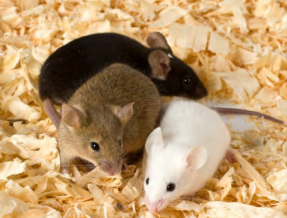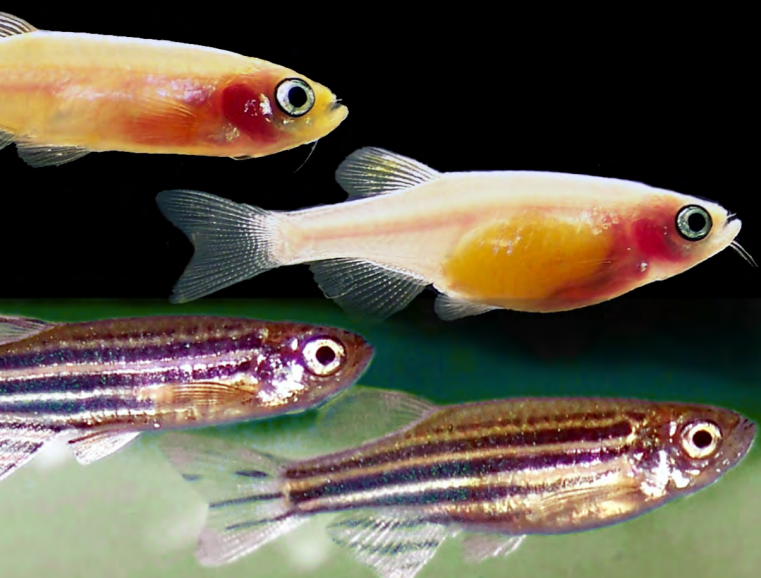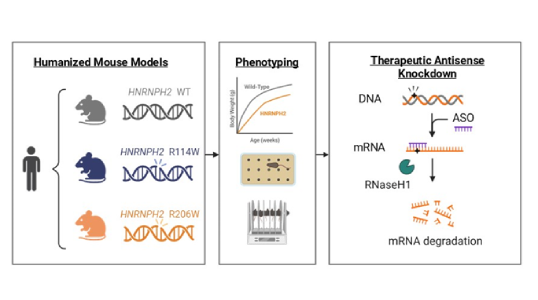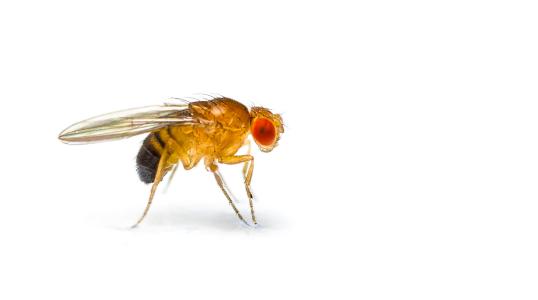Division of Comparative Medicine


Comparative medicine plays an essential role in biomedical discovery by looking for similarities and differences between disease in humans and animals. Thus, animal models enable scientists to better understand, diagnose, prevent, and treat human diseases. Often serving as a bridge between basic science and human medicine, animal models have enabled numerous major medical advances—among them safe and effective vaccines, including hepatitis A and hepatitis B immunizations, improved cancer treatments, blood transfusions, organ transplantation, bypass surgery, and joint replacement. Animal models are actively used to understand the causes of, and develop therapies for, almost all human conditions, including cancer, cardiovascular diseases, diabetes, obesity, and neurodegenerative and infectious diseases, such as COVID-19.
The Division of Comparative Medicine (DCM) within ORIP works to—
- Ensure that NIH-supported researchers have access to, and facilities for, animal models critical to research.
- Support phenotypic and genetic characterization of animal models and the development of new and improved long-term storage of animal germplasm.
- Support studies aimed at improving the welfare and husbandry of laboratory animals.
- Enable career development and translational research training for veterinary students, veterinarians, and postdoctoral investigators who use animal models.
- Increase public–private partnership opportunities with small businesses.
For more detailed information, please see the DCM resources on ORIP's Fact Sheets and Resources page or view the DCM Program Guidelines.
For information on NIH's animal use policies, please visit the Office of Laboratory Animal Welfare or Animals in NIH Research pages.






